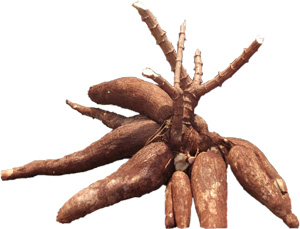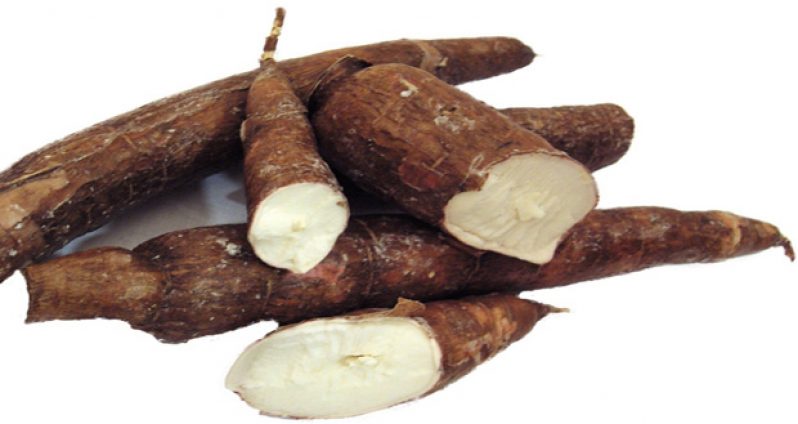Doctors at the Georgetown Public Hospital are battling to save the lives of an indigenous couple from Aishalton in Region 9, who were brought to the institution unconscious and with symptoms of vomiting and diarrhea, and each having a low pulse rate.
The two people were air-dashed to the city late on Thursday night, and were each admitted to the High Dependency Unit in a critical condition. Relatives who accompanied them to hospital reported that the couple had prepared a meal of Amerindian pepperpot (kadakura), which they had made from freshly grated bitter cassava. Those preparing the meal had apparently not extracted all of the starch from the cassava juice, or they may have undercooked the cassava water in the process of preparing the kadakura.
However, the danger lies in the fact that the bitter cassava root which is used in preparing cassava bread and cassareep, as well as the by-product kadakura, is potent, and contains traces of cyanide. Unless the juice is thoroughly extracted from the grated cassava, which is baked to produce cassava bread, there may be minute quantities of cyanide remaining in the cassava bread.
Likewise, it is absolutely necessary that the ‘cassava water’, or juice, used to make either cassareep or kadakura, be left to stand for at least forty-five minutes, or even one hour, before it can be used for either process.
After the ‘cassava water’ would have been left to stand for the specified period of time, it should be gently poured into another container. At the bottom of the container in which the juice has been collected, starch would have accumulated, and that starch, once still fresh, contains cyanide.
After being allowed to dry over a few days, the starch collected is crushed and used for laundering purposes.
It is for this reason that it is absolutely necessary that the broth made using the cassava water be thoroughly boiled before being served.
For making cassava cassareep, the same cassava water is used, but it has to be boiled thoroughly; and as it begins to darken or change colour, a scum appears at the top. That scum, too, when extracted can be further boiled to make an Amerindian pepperpot.
BEWARE
It is on this note that the Chronicle will like to highlight the danger contained in a recipe appearing online and titled: ‘Cassava Cassareep Guyana-style’.
THE RECIPE IS PUBLISHED BELOW:
Ingredients: (One medium (about 2 lbs) young cassava root.
*Peel the cassava with a sharp paring knife or vegetable peeler.
*Finely grate the cassava. Place the cassava into a bowl lined
with a double-thickness of dampened cheese cloth.
*Bring the ends of the cheese cloth together to enclose the pulp, and wring the cloth vigorously to extract the cassava juice into the bowl.
*Transfer the juice to a heavy skillet. Stirring constantly, cook over moderate heat for about 1 minute, until the cassareep is smooth and thick enough to hold its shape almost solidly in the spoon.
It must be pointed out that the last instruction is erroneous.
Cassava water, after being transferred into the skillet, MUST be left to stand, allowing adequate time (45 minutes at a minimum) for the starch to be separated from the cassava water. After the starch is removed, then and only then is it safe to proceed to make cassareep with it. Failing this, the cassareep will contain a concentration of cyanide which is potentially dangerous to human health.
Secondly, the boiling time for the preparation of cassareep is categorically ‘not only one minute’. Cassareep is not known to be prepared using 2 pounds of cassava, particularly since the long boiling process entailed before the boil can take on dark brown colouration will bring the contents of the pot down to about a quarter of a pint. To get that brown colouration, cassava requires a cooking time of at least half an hour, and certainly not one minute.



.jpg)











